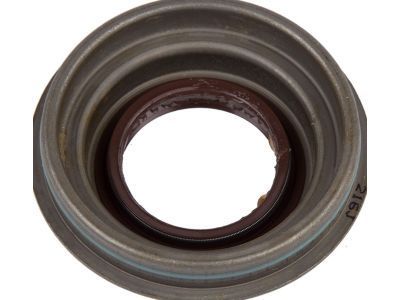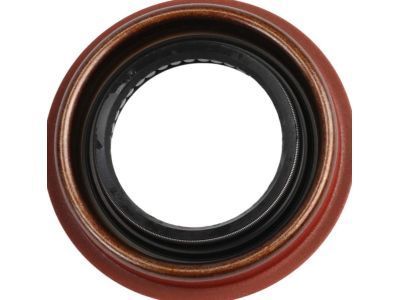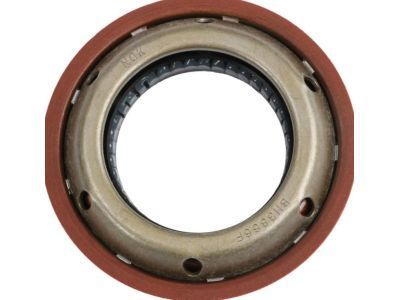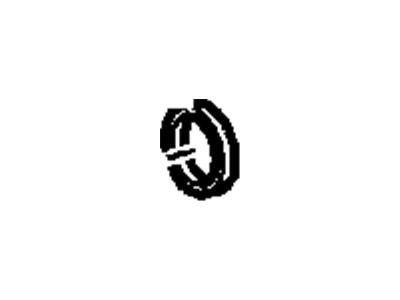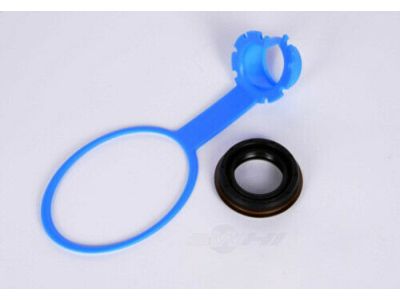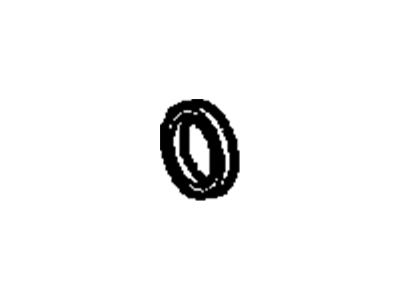
My Garage
My Account
Cart
Genuine Chevrolet Cruze Wheel Seal
Wheel Axle Seal- Select Vehicle by Model
- Select Vehicle by VIN
Select Vehicle by Model
orMake
Model
Year
Select Vehicle by VIN
For the most accurate results, select vehicle by your VIN (Vehicle Identification Number).
11 Wheel Seals found
Chevrolet Cruze Seal Kit, Front Wheel Drive Shaft
Part Number: 24288436$18.32 MSRP: $31.04You Save: $12.72 (41%)Chevrolet Cruze Seal,Front Wheel Drive Shaft Rear Oil
Part Number: 93183567$14.41 MSRP: $24.65You Save: $10.24 (42%)Chevrolet Cruze Seal Kit, Front Wheel Drive Shaft
Part Number: 24288437$19.76 MSRP: $32.70You Save: $12.94 (40%)Ships in 1-2 Business DaysChevrolet Cruze Seal Kit,Front Wheel Drive Shaft
Part Number: 19259386$15.01 MSRP: $24.84You Save: $9.83 (40%)Ships in 1-2 Business DaysChevrolet Cruze Retainer, Front Differential Ring Gear
Part Number: 24231604$4.66 MSRP: $7.73You Save: $3.07 (40%)Ships in 1-2 Business DaysChevrolet Cruze Seal,Front Wheel Drive Shaft Front Oil
Part Number: 93183566$26.98 MSRP: $44.66You Save: $17.68 (40%)Ships in 1-2 Business DaysChevrolet Cruze Seal, Front Wheel Drive Intermediate Shaft (O, Ring)
Part Number: 22759190$6.68 MSRP: $11.04You Save: $4.36 (40%)Ships in 1-2 Business DaysChevrolet Cruze Retainer, Front Differential Ring Gear
Part Number: 24231157$5.54 MSRP: $9.17You Save: $3.63 (40%)Ships in 1-2 Business DaysChevrolet Cruze Seal,Front Wheel Drive Intermediate Shaft (O, Ring)
Part Number: 13358219$1.05 MSRP: $1.75You Save: $0.70 (40%)Ships in 1-2 Business DaysChevrolet Cruze Seal,Front Wheel Drive Intermediate Shaft (O, Ring)
Part Number: 13358218$1.03 MSRP: $1.72You Save: $0.69 (41%)Ships in 1-2 Business Days
Chevrolet Cruze Wheel Seal
Wheel Seal are the part of Chevrolet Cruze vehicles that protect the wheel bearing and hub from abrasive dust, rocks and other aggressive elements. Chevrolet Cruze Wheel Seal efficiently closes the assembly area thus keeping the lubricant from dripping out and also keep out contaminants which are destructive to the wheel bearings hence enhancing performance and durability of the aspect. Chevrolet Cruze's Wheel Seal include both the front and rear inner and outer Wheel seals as well as Wheel Seal kits. These seals are available from such manufacturers as Motorcraft, Beck Arnley or Timken and guarantee high quality of materials and accurate fit. It is therefore important that the Chevrolet Cruze Wheel Seal should be inspected regularly for any cracks or signs of leakage since if this happens it results to overheating of the bearing assembly.
Each OEM Chevrolet Cruze Wheel Seal we offer is competitively priced and comes with the assurance of the manufacturer's warranty for the part. Furthermore, we guarantee the speedy delivery of your orders right to your doorstep. Our hassle-free return policy is also in place for your peace of mind.
Chevrolet Cruze Wheel Seal Parts Questions & Experts Answers
- Q: How can lubricant leaks be addressed in wheel seals without removing the transaxle on Chevrolet Cruze?A:Internal oil leaks can result from the deterioration of the wheel seals; replacement of the seals can be done independently of the transaxle removal. These seals are on the two sides of the transaxle between the inner Constant Velocity (CV) joints and the differential. Another common test for leakage is to raise the car and place it on jackstands; if the seal is leaking, some fluid will be on the side of the transaxle. Drain the transaxle lubricant first, remove the driveaxle; if the right side wheel seal is to be replaced, then remove the intermediate shaft as well. To remove the right side seal, use a screwdriver or prybar and gently leverage it out of the transaxle bore; however, if the seal is stubbornly stuck, then there is a special tool for this purpose. Finally, if the carrier flange is from the left side seal, remove the old bolt and just throw it away, then screw in the new ones provided. For instance, it is possible to use a screwdriver or prybar to remove the wheel seal from the carrier flange; it is also possible to take out the O-ring from the groove on the rear side of the carrier flange. Fit the new wheel seal into position by using a seal driver or a large deep socket, so as to push or drive the wheel seal squarely into contact with the transaxle case or carrier flange and lubricate the lip of the new seal with multi-purpose grease. Typically, for the left side seal, it is required to insert a new O-ring into the groove located at the rear of the carrier and lubricate it; after that, the carrier flange has to be fitted on the transaxle and the new bolts have to be tightened to the specified torque. Last, replace and reinstall the driveaxle, thereby avoiding exerting force on the lip of the new seal, and fill the transaxle with the correct lubricant.
